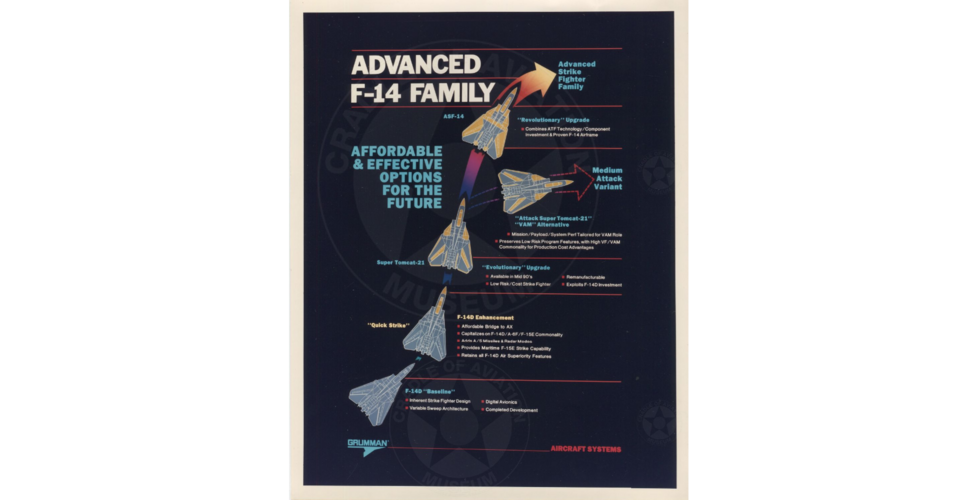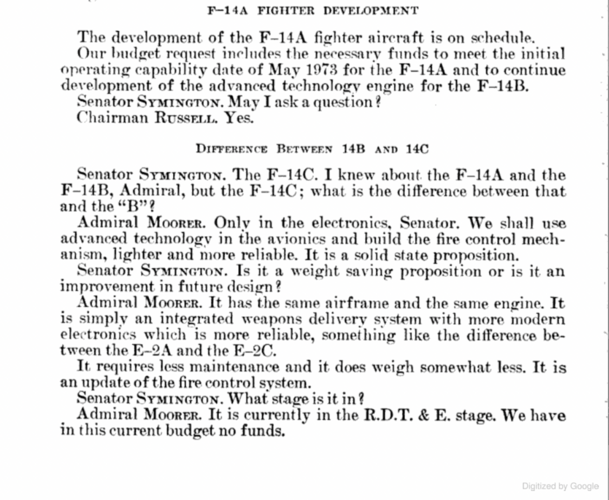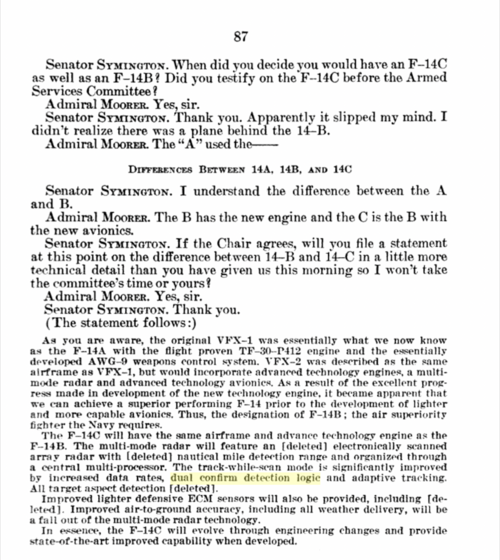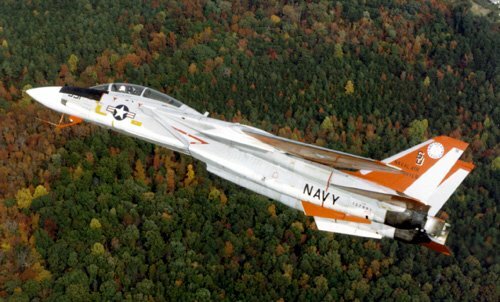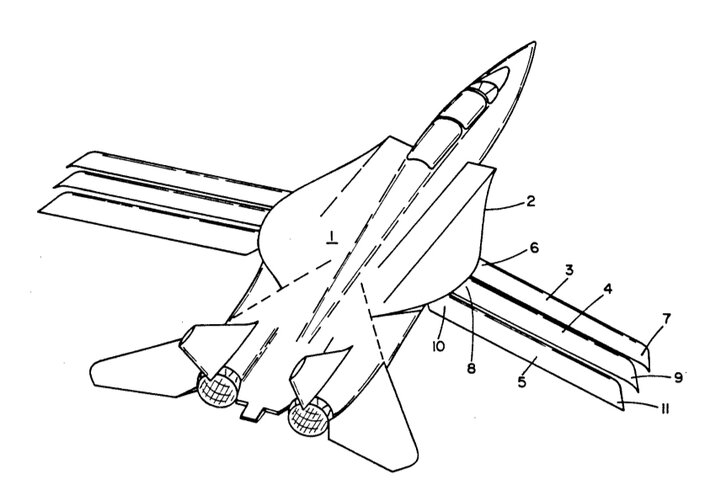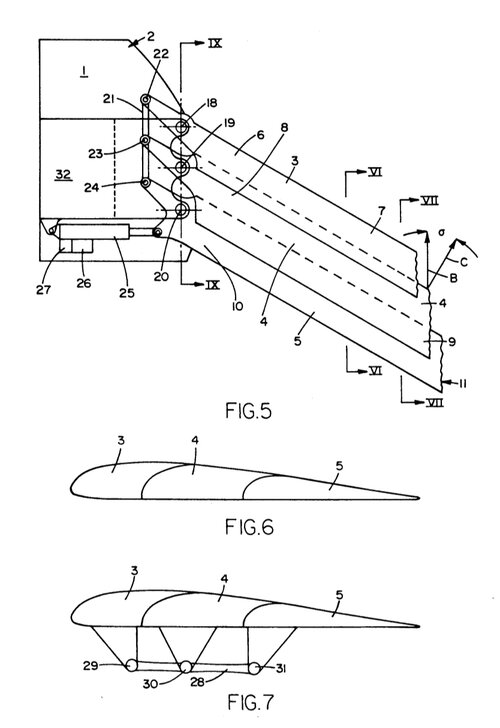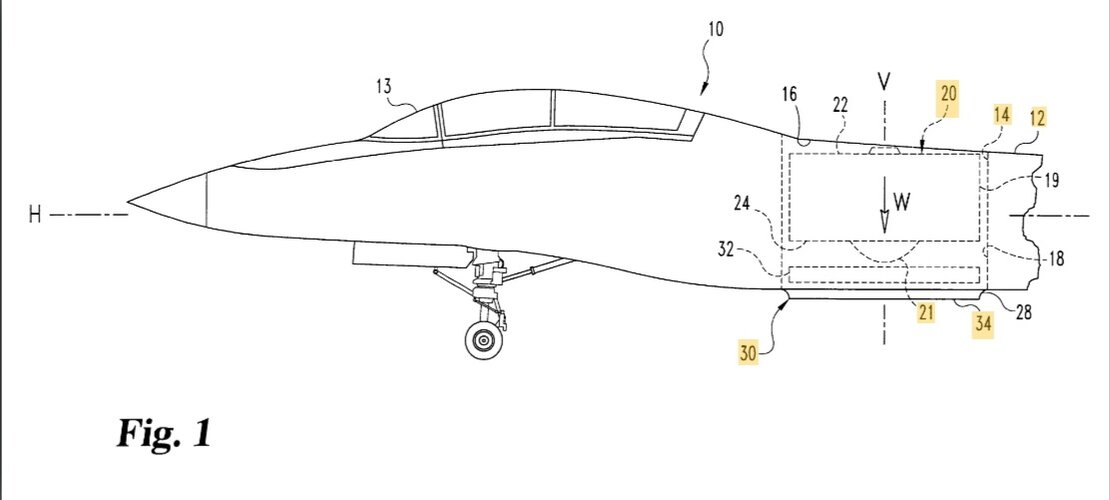Does anyone have further insight into the F-14C's proposed radar (phased array?), and what the term"dual confirm detection logic" refers to?
Noise is a variable, which can become a problem when dealing with long-range return signals (Inverse square law).
The easiest most straight forward method to deal with noise is to set a threshold for the signal return.
We want the radar to show a return when there is a real target, and not when there isn't. We want to set a threshold high enough to avoid a false positive from noise.
But we also do not want a weak return from a real target to get missed because we set the threshold too high and noise+return was lower than the threshold.
Because signal noise is a variable, this is going to result in a probability of detection regardless of how well we set this up. If we increase the threshold, we decrease the probability of a false alarm, but increase the probability of missing a valid target. It is going to be a trade off.
Detection logic is simply how you tell the radar to determine whether it has a target (valid return pulse). Example: "If Signal is greater than Threshold display target. If Signal is lower than Threshold ignore signal".
I'm not familiar with "dual confirm" in this context, but it seems pretty straightforward. They have added a new process or variable to the logic. Or there are now two methods of logic and they both need to agree.
If we know the probability of a false alarm for our threshold, for example, we can look at how many false alarms we would expect in a given period of time and compare it to what we have experienced. "If number of returns over threshold in period of Time is greater than probability of false alarm over period of time, treat as real target."
What the particulars are in this case, I do not know.


